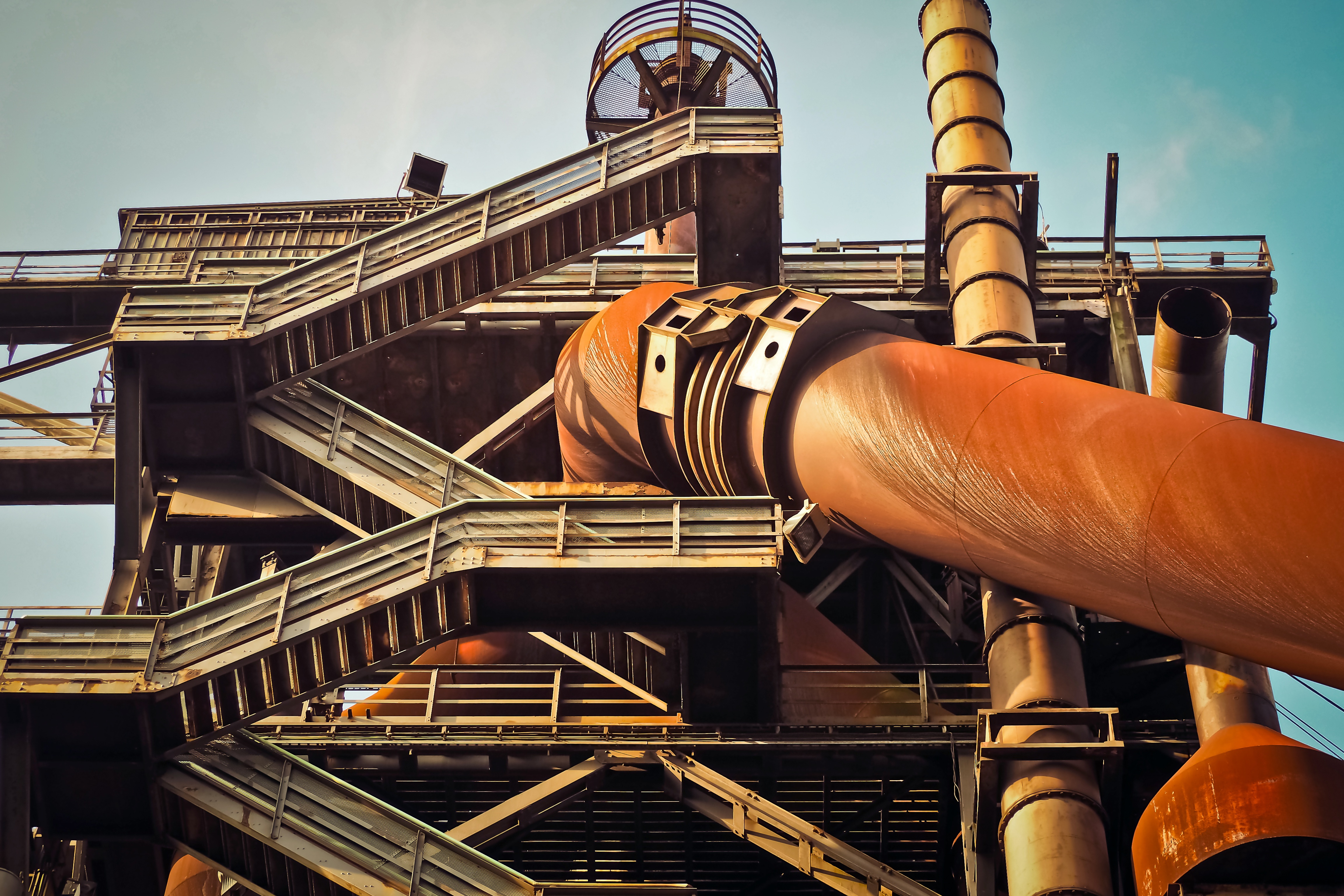
Pressure vessel and boiler inspection
Welcome to [NDT Inspection Portal]’s pressure vessel and boiler inspection group, a place... View more
WHAT IS INSPECTED IN A BOILER INSPECTION?
WHAT IS INSPECTED IN A BOILER INSPECTION?
When inspecting a boiler, inspectors have a specific list of items that need to be reviewed visually both inside and outside.
The goal for both the external and the internal inspection is to conduct a visual review of each part of the boiler in order to identify potential problems that could require maintenance.
While external inspections are straightforward and do not require any special preparation beyond making sure the boiler is cool and depressurized, internal boiler inspections can be difficult because of limitations with accessing various parts of a boiler.
In a manual internal boiler inspection, an inspector must physically enter the boiler, which requires the company to build scaffolding for the inspector to stand on during the inspection. Once the inspection is complete, the scaffolding must then be taken down after the inspection.
The requirement for scaffolding can extend the downtime needed for the inspection by several days, and can often cost thousands to tens of thousands of dollars for the construction and removal of scaffolding.EXTERNAL BOILER INSPECTION ITEMS
• Boiler room condition. As part of a boiler inspection inspectors will usually inspect the room in which the boiler sits to make sure there is no flammable debris or other encumbrances that could present a safety hazard.
• Nameplate. Inspectors will often begin their work at the nameplate, where they can find out the boiler type, when the boiler was made, the maximum pressure allowable in the boiler, and the types of controls needed for the boiler according to ASME manufacturing code and NBIC (National Board Inspection Code) requirements.
• Safety valve. From a safety perspective, the safety valve is arguably the most important part of a boiler and will be an important device to review during a boiler inspection. If a problem develops in the boiler, the safety valve (also called the Relief Valve) will help prevent over-pressurization, which can lead to an explosion.
• Control safety devices. Also of high importance for safety are control safety devices. Examples include the fuel train, the emergency shut off switch, and operating switch. All of these devices must be visually examined during a typical boiler inspection to ensure continued safe use of the boiler.
• Piping. Boiler room piping is used to move water and fuel in and out of the boiler. The condition of the piping must be reviewed during any boiler inspection, both to ensure that it is still in good condition and also to ensure that it is the right kind of piping for the ways it’s being used according to ASME standards. Flue pipe connections must also be inspected to ensure that carbon monoxide is being expelled properly, and not building up in the boiler room.
• Fresh air for combustion. Burners within a boiler must receive the correct ratio of fuel to air, which is why inspectors will review the combustion air requirements of the boiler during an inspection to make sure the air pathway is open and providing enough fresh air for the boiler to work properly.
INTERNAL BOILER INSPECTION ITEMS
• Walls and surfaces. All internal walls and surfaces are inspected, looking for any signs of leaks, corrosion, overheating, or other structural issues within the boiler.
• Waterside areas. All waterside areas of the boiler are inspected, including blow-off, water connections, and steam areas.
• Fireside conditions. All fireside conditions are inspected inside the boiler, including superheaters, deaerators, and economizers.
Sorry, there were no replies found.
Log in to reply.